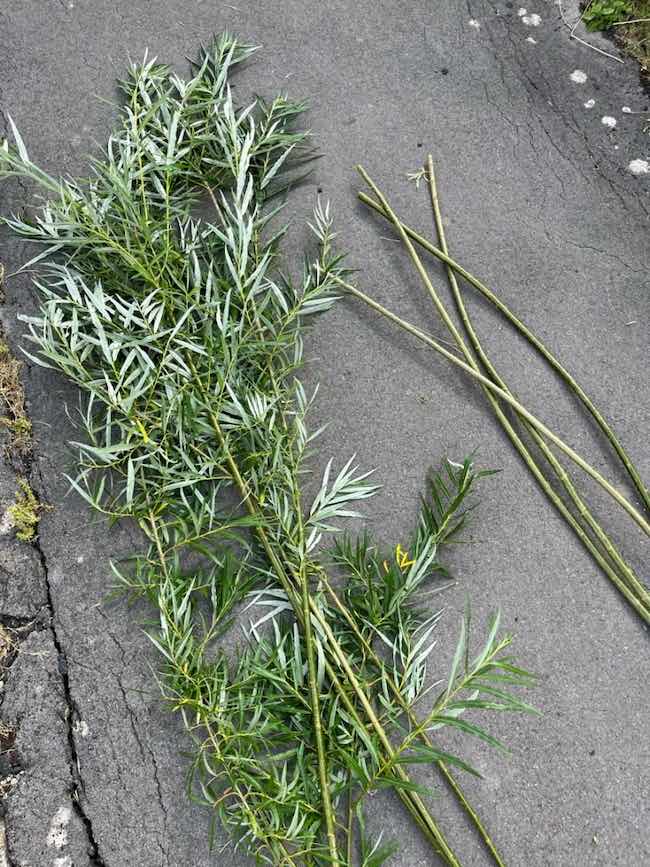
The garden is a living, thriving ecosystem, teeming with plants that continue to grow and change with the seasons. As any seasoned gardener will attest, managing the growth of these plants to prevent them from encroaching on the pathways can be a challenge. Enter the willow tree. Willow stems can provide an innovative and natural solution for this common issue, serving as plant supports that are pruned annually. However, it is important to keep in mind that willow stems are known for their vivacious growth and ability to root quickly, potentially leading to their own growth management needs. In this article, we’ll dive into how you can effectively use willow stems for plant support while mitigating the risk of overgrowth.
Choosing and Planting Willow Stems
Choosing the right type of willow for your garden is crucial. Willows like the ‘Golden Curls’ (Salix x sepulcralis ‘Erythroflexuosa’) or the Pussy Willow (Salix caprea) are great choices for their flexibility and vigorous growth. Purchase your willow stems, also known as willow whips, during late winter or early spring when the tree is dormant. This increases the chance of successful rooting and growth.
When planting, ensure the soil is rich and well-draining, as willows prefer damp conditions but not waterlogged ones. Bury about two-thirds of the willow stem into the soil, leaving one-third exposed. Water the newly planted willow whips thoroughly.
Managing Growth
Willow stems can grow rapidly, often sprouting new shoots and potentially rooting anywhere they touch soil. To prevent unexpected growth, consider planting your willow stems within a buried container or install root barriers around them. This can limit the spread of their root systems and keep their growth in check.
Providing Plant Support
As your willow stems grow, they can be manipulated and woven together to provide support structures for other plants. You could train them into a series of low arches or fences, which will create natural barriers keeping your plants off the paths. A single, sturdier stem can be used as a stake for taller or climbing plants, offering support as they grow.
Pruning and Maintenance
The trick to using willow stems as plant supports is in their annual pruning. Each summer, after your plants have flowered, cut the willow stems downward to manage their size and shape. This encourages a bushier growth, providing more structural support for the following season. Remember, prunings from willow trees can also root and grow. Hence, do not compost them or leave them in contact with the soil. Instead, dispose of them responsibly.
Potential Risks
Despite the many benefits, growing willow stems come with their own set of challenges. Their quick growth can sometimes become a problem if not regularly maintained. Additionally, willows can attract pests like aphids and beetles, which could potentially affect other plants in your garden. Regular monitoring and integrated pest management can help keep these problems in check.

Growing willow stems in your garden can serve a dual purpose. They provide a living, green architecture that adds charm to your garden and serves as a natural support for other plants, keeping them off the paths. However, they require regular maintenance and careful management to prevent them from becoming unruly. With the right care, these majestic trees can become both a practical and aesthetic asset in your garden.




















